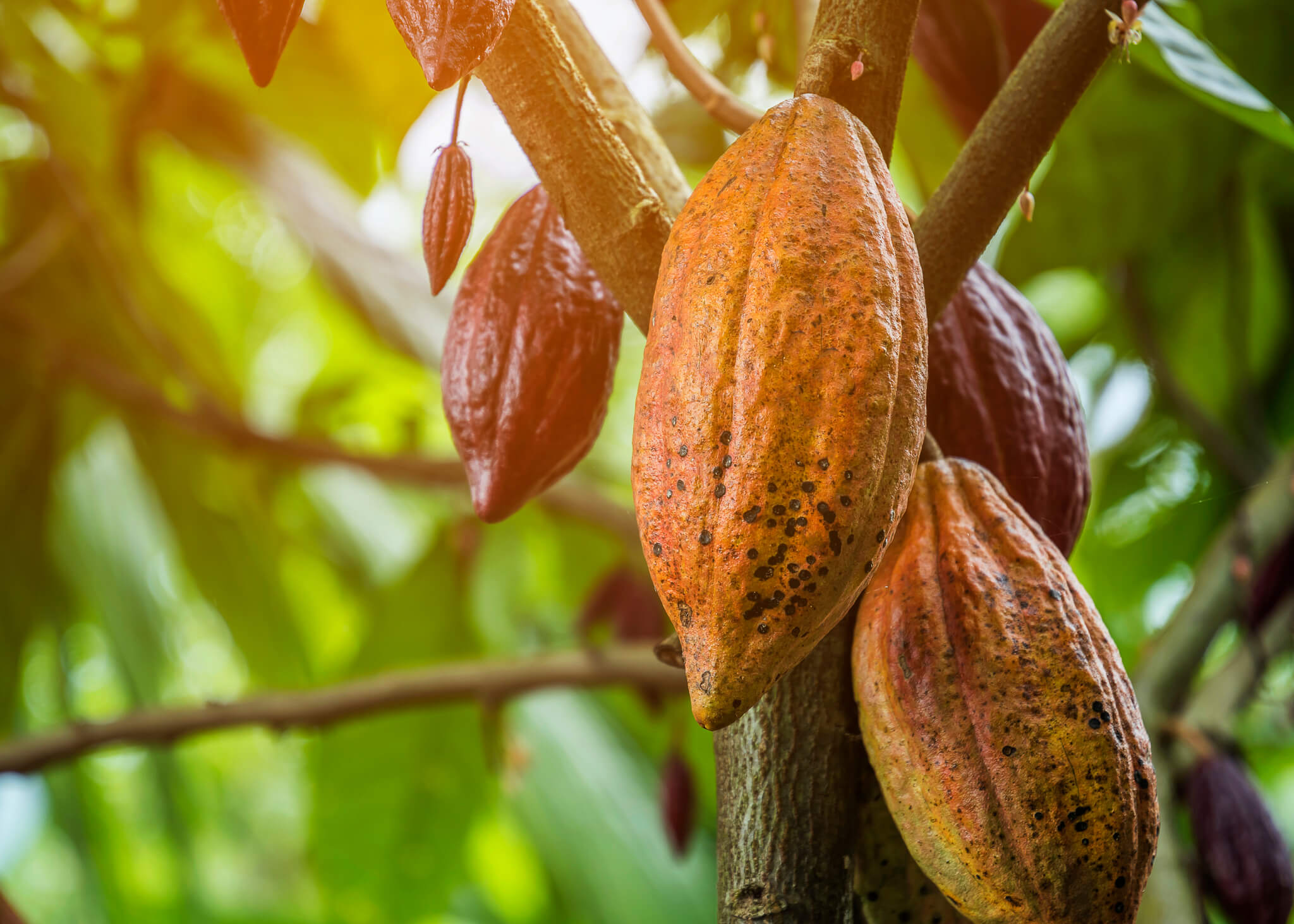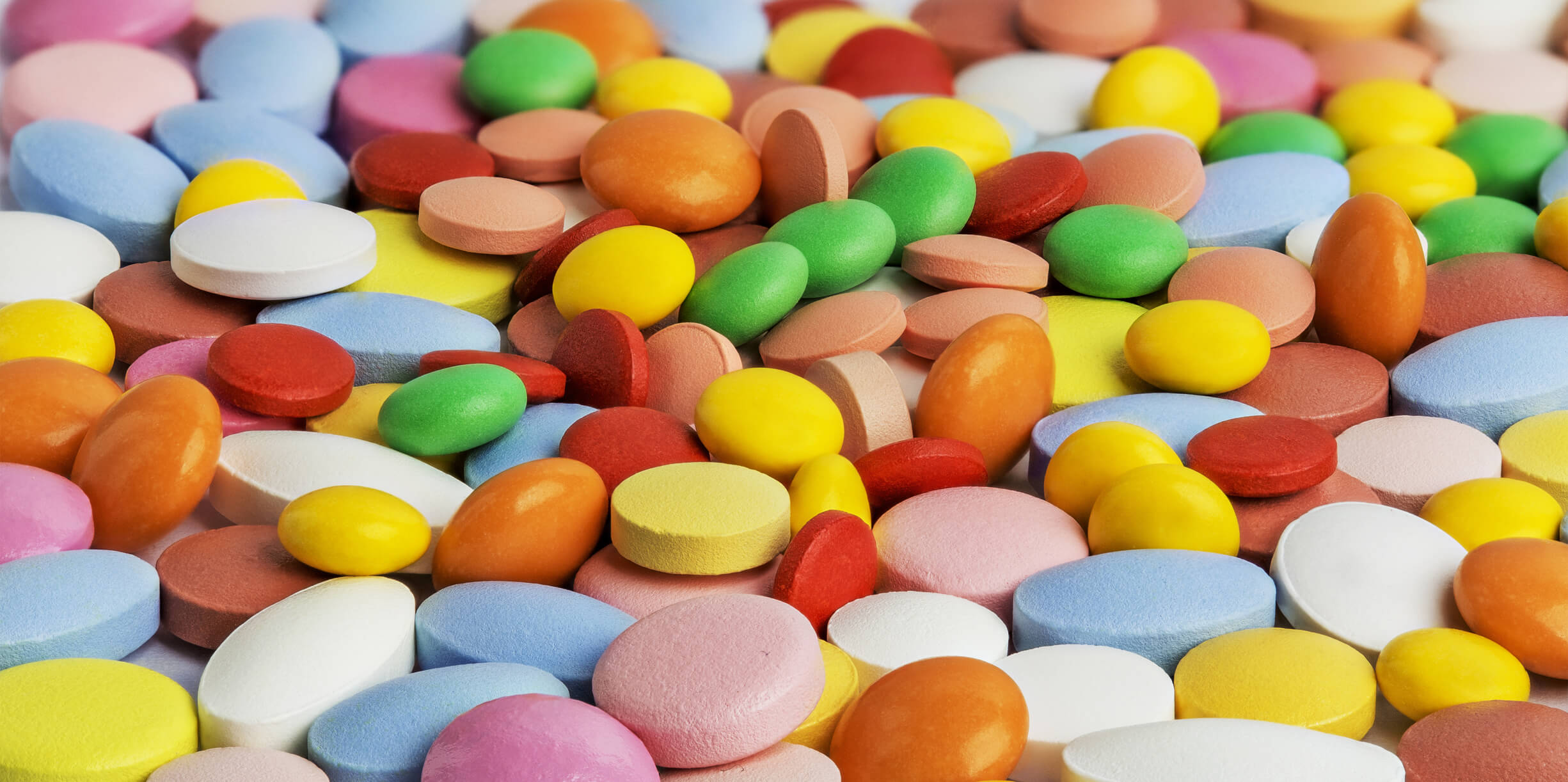How did chocolate become so strongly associated with Valentine's Day, a day devoted to love?
With Valentine's Day just around the corner, you might be thinking of pampering your sweetheart with a box of chocolates. But why do we associate chocolate with this day?
Many like to point to the marketing genius of Richard Cadbury, who in 1861 started packaging heart-shaped boxes decorated with rosebuds and images of Cupid—the god of desire, erotic love, attraction, and affection—to sell his chocolates on Valentine's Day. While this was a big hit in Victorian England and helped to shape our modern expectations, the history of love and chocolate goes back much further.
The cocoa bean, which is the raw material for chocolate, was revered by ancient cultures in Central and South America. People would grind this up to make a hot drink that would energize, and also had a reputation as an aphrodisiac. This practice continues in many parts of Central and South America today.
European explorers in the 1500s brought this beverage back from the Americas and it gained immense popularity in Europe. It was not until 1847 that Joseph Fry made the first plain eating chocolate. This was followed by the invention of the first milk chocolate in 1876 and the first milk chocolate and nut candy bar in 1909 by the Ganong brothers in Canada.

Inflaming passions
It might be an understatement to say that many people are passionate about chocolate. In fact, a 2007 poll of women in England indicated that 52% would rather have chocolate than sex.
There is solid science behind that love for chocolate. Like numerous other natural products, chocolate is packed with all sorts of interesting compounds. There are certainly the expected fats, sugars, and nutrients, and cocoa also contains antioxidants such as flavonoids and polyphenols that help with heart health.
However, chocolate also has molecules that can stimulate you and affect your brain chemistry. On the stimulation side, it has theobromine and a little bit of caffeine. These two molecules are structurally and functionally similar acting as effective central nervous system stimulants, diuretics, and appetite suppressants.
It is an enjoyable way to energize and stay wired, but there is a word of caution. Some animals like rabbits and dogs do not have the enzymes to break down theobromine. That is why you should never feed your dog chocolate.
Invigorating effects
Chocolate not only invigorates our bodies but can stimulate the production of endorphins in the brain that enhance mood. Endorphins are the body's natural painkiller and are released in response to stress or pain; long-distance runners will quite often experience a euphoria described as a "runner's high." With chocolate, you can bypass that pain and go straight to bliss.
Another important molecule in cocoa that gets a lot of attention is phenylethylamine (PEA), which has a similar chemical structure to amphetamines such as the street drug known as ecstasy. In chemistry, especially biochemistry, molecules with similar structures will quite often have similar functions. PEA is a stimulant and affects neurotransmission, generating feelings of attraction, excitement, and giddiness. It has sometimes been called the "chemical of love."
People in love will have measurably higher levels of PEA. Unfortunately, ingested PEA gets mostly destroyed before it has a chance to get to the brain, so the effect is dampened. Just as a curious aside, cheddar cheese has 10 times the amount of PEA as chocolate, but I have yet to find big heart-shaped boxes of it in the supermarkets!

Is chocolate a food or a drug?
There are other very minor components of interest in cocoa such as cannabinoid-like fatty acids that can bind to receptors in the brain much like tetrahydrocannabinol (THC), one of the psychoactive chemicals in cannabis. The effect is minimal as they readily break down in the body and do not bind as effectively as THC to cannabinoid receptor. Still, it raises a serious question about chocolate we consume: Is it a food or a drug?
Scientists assure us that there is no convincing evidence that psychoactive compounds are responsible for chocolate addiction. Yet, I live with two self-proclaimed "chocoholics" and can see first-hand both the cravings and that inevitable look of ecstasy during consumption.
While chocolate is certainly less than a drug, it inspires a passion normally reserved for things grander than food. With a worldwide chocolate market value reported to be $138.5 billion USD in 2020, that passion is shared by a lot of people.
So, this Valentine's Day as you nibble on some chocolate, remember its long history from aphrodisiac to pick-me-up to luxurious food fit for the gods to a symbol of love. Chocolate stirs a passion in many areas—including its own chemistry.